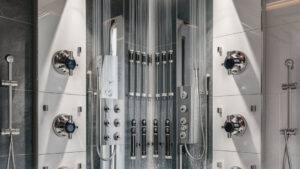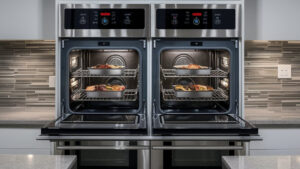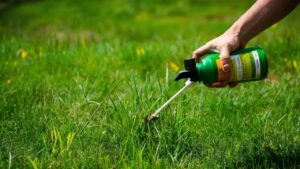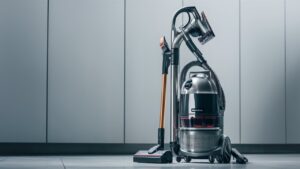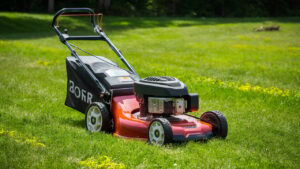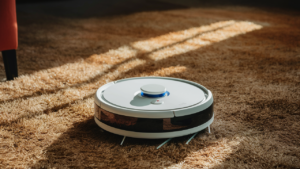Yes, you can use a sprinkler to water your garden. Sprinklers are a convenient and efficient way to evenly distribute water over a large area, ensuring that your plants receive the necessary hydration for healthy growth.
However, it’s important to note that using a sprinkler may result in more water being lost to evaporation compared to other watering methods, such as soaker hoses or drip irrigation. To optimize water usage, consider adjusting the sprinkler settings to minimize overspray and watering during cooler hours of the day to reduce evaporation.
Additionally, be mindful of not directly spraying the plants to avoid damage and disease.
Sprinkler Basics
For garden watering, consider using a soaker hose to prevent evaporation. Avoid overhead sprinklers as they waste water. Opt for slow, deep watering methods to ensure soil absorption and root nourishment.
| Types of Sprinklers: There are oscillating, stationary, traveling, and impact sprinklers. |
| Benefits of Using Sprinklers: Efficient water distribution, time-saving, and customizable watering patterns. |
Understanding Your Garden’s Needs
When it comes to watering your garden, it’s crucial to understand the soil type and its water absorption capacity. Sandy soil absorbs water more quickly than clay soil, so watering frequency may vary.
Different plants have different water requirements. Vegetables and flowers usually need more water compared to drought-resistant plants.
Optimal Watering Techniques
Can I Use a Sprinkler to Water My Garden
Using a sprinkler to water your garden can be effective if done at the right time and for the appropriate duration. The best time to water your garden is early in the morning when the sun is not too strong, reducing evaporation. It’s important to run your sprinkler for a sufficient amount of time to ensure deep penetration into the soil, typically about 1 inch per week. Consider investing in a soaker hose for more targeted watering, especially for vegetable gardens, to minimize water loss through evaporation. Additionally, hand watering can be beneficial for ensuring that each plant receives adequate moisture, especially in areas where a sprinkler may not reach effectively.
Comparing Watering Tools
Using a sprinkler to water your garden can be effective, but it’s important to consider the best watering method for your plants. Soaker hoses are a great alternative, as they deliver water directly to the soil, minimizing evaporation and ensuring efficient absorption for healthy growth.
| Sprinklers vs. Soaker Hoses: | Soaker hoses deliver water directly to the base of plants, reducing evaporation. |
| Sprinklers vs. Drip Irrigation: | Drip irrigation system provides water directly to the roots, minimizing waste. |
Using soaker hoses for vegetable gardens is efficient as it targets the roots directly, reducing water loss due to evaporation. Drip irrigation systems are also effective in delivering water precisely to plant roots, conserving water and promoting plant growth. Both methods offer advantages over traditional sprinklers by ensuring that plants receive adequate moisture without wastage. Consider your garden’s needs and layout to choose the most efficient watering tool.
Avoiding Common Mistakes
If you are wondering whether you can use a sprinkler to water your garden, the answer is yes. However, there are some common mistakes you should avoid to ensure your plants thrive.
- Overwatering Risks: Using a sprinkler can lead to overwatering, which can be harmful to your plants. To avoid this, make sure to water your garden deeply but infrequently.
- Preventing Water Evaporation: Another issue with using a sprinkler is that water can evaporate before it reaches your plants. To prevent this, water your garden early in the morning or late in the evening when the sun is not as strong.
- Using Soaker Hoses: Soaker hoses are a better option than overhead sprinklers for vegetable gardens, as they deliver water directly to the soil without losing it to evaporation.
By following these tips, you can effectively use a sprinkler to water your garden without damaging your plants.
Hand Watering Vs. Sprinkler Systems
Using a sprinkler to water your garden can be convenient, but it’s important to consider the efficiency and water usage compared to hand watering. Evaluating your garden’s size is crucial in determining the most effective watering method. For smaller gardens, hand watering with a hose or watering can may be more efficient, allowing you to target specific areas and minimize water waste. On the other hand, larger gardens may benefit from a sprinkler system, as it can cover a wider area and provide consistent moisture. However, it’s essential to monitor the water usage and adjust the sprinkler system to avoid overwatering or wasting water. Ultimately, the decision between hand watering and using a sprinkler depends on the size and layout of your garden, as well as your water conservation goals.
Maintenance And Upkeep
Using a sprinkler is a convenient way to water your garden, but it requires regular maintenance to ensure proper functioning. Cleaning the sprinkler heads regularly is essential to prevent clogging and uneven water distribution. Additionally, making seasonal adjustments to the sprinkler system is crucial to accommodate changes in weather patterns and plant water requirements.
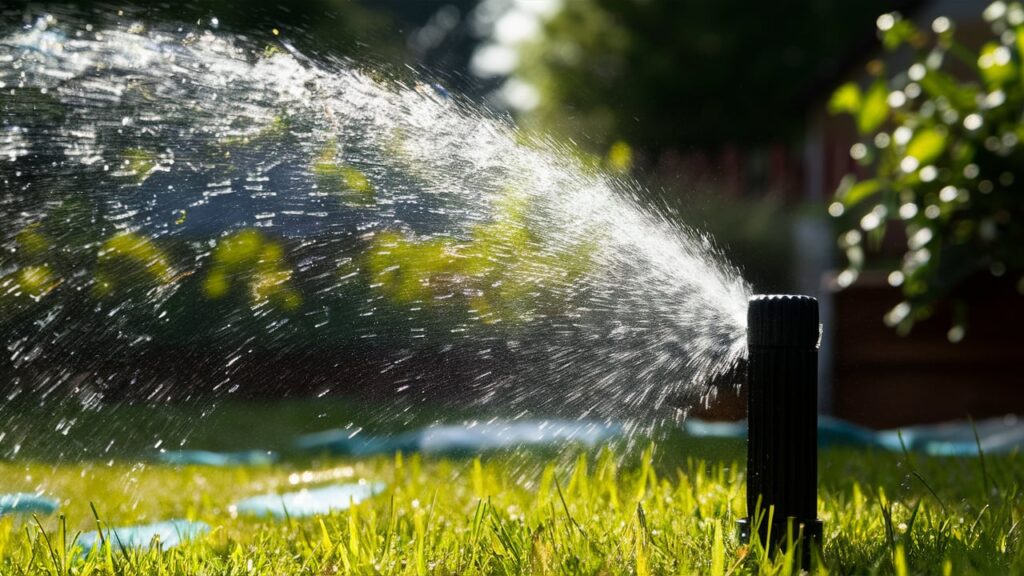
Eco-friendly Watering Practices
When it comes to eco-friendly watering practices for your garden, two great options are using rainwater and reducing water waste. Collecting rainwater in a barrel or other container can provide a free and natural source of water for your plants. Additionally, using drip irrigation instead of sprinklers can help reduce water waste by delivering water directly to the roots of your plants. To further reduce water waste, consider watering your garden during the early morning or late evening hours to avoid evaporation, and only water when necessary based on the weather and soil moisture levels. Overall, adopting these eco-friendly watering practices can help conserve water and promote healthy plant growth in your garden.
Frequently Asked Questions
Is It Okay To Water Your Garden With A Sprinkler?
Yes, it’s okay to water your garden with a sprinkler. However, using soaker hoses for vegetable gardens is more effective, as they minimize water loss to evaporation. Ensure the water hits the ground, not the plants, to maximize absorption.
How Long Should A Sprinkler Run On A Garden?
For a garden, a sprinkler should run for about 30 minutes to 1 hour to ensure proper watering. Adjust based on soil type and weather conditions.
What Is The Best Way To Water An Outdoor Garden?
For outdoor gardens, the best way to water is using low and slow watering technique, allowing water to soak into the soil and reach plant roots. Avoid using overhead sprinklers in vegetable gardens as more water is lost to evaporation.
Soaker hoses are best for watering vegetable gardens. Water slowly enough to avoid puddling and runoff. Sandy soil accepts water faster than heavier soils.
Is It Better To Hand Water Or Use A Sprinkler?
Hand watering is the most effective way to ensure that your grass receives the necessary amount of water. Using a sprinkler can lead to uneven watering and wasted water due to evaporation.
Conclusion
Using a sprinkler to water your garden can be convenient, but it may not be the most efficient method. Soaker hoses are a better option for vegetable gardens as they minimize water loss through evaporation. It’s important to water slowly to allow the water to soak into the soil and reach the plant roots.
Hand watering is the most effective way to ensure your plants get the right amount of water. Ultimately, choosing the best watering method depends on the specific needs of your garden.
